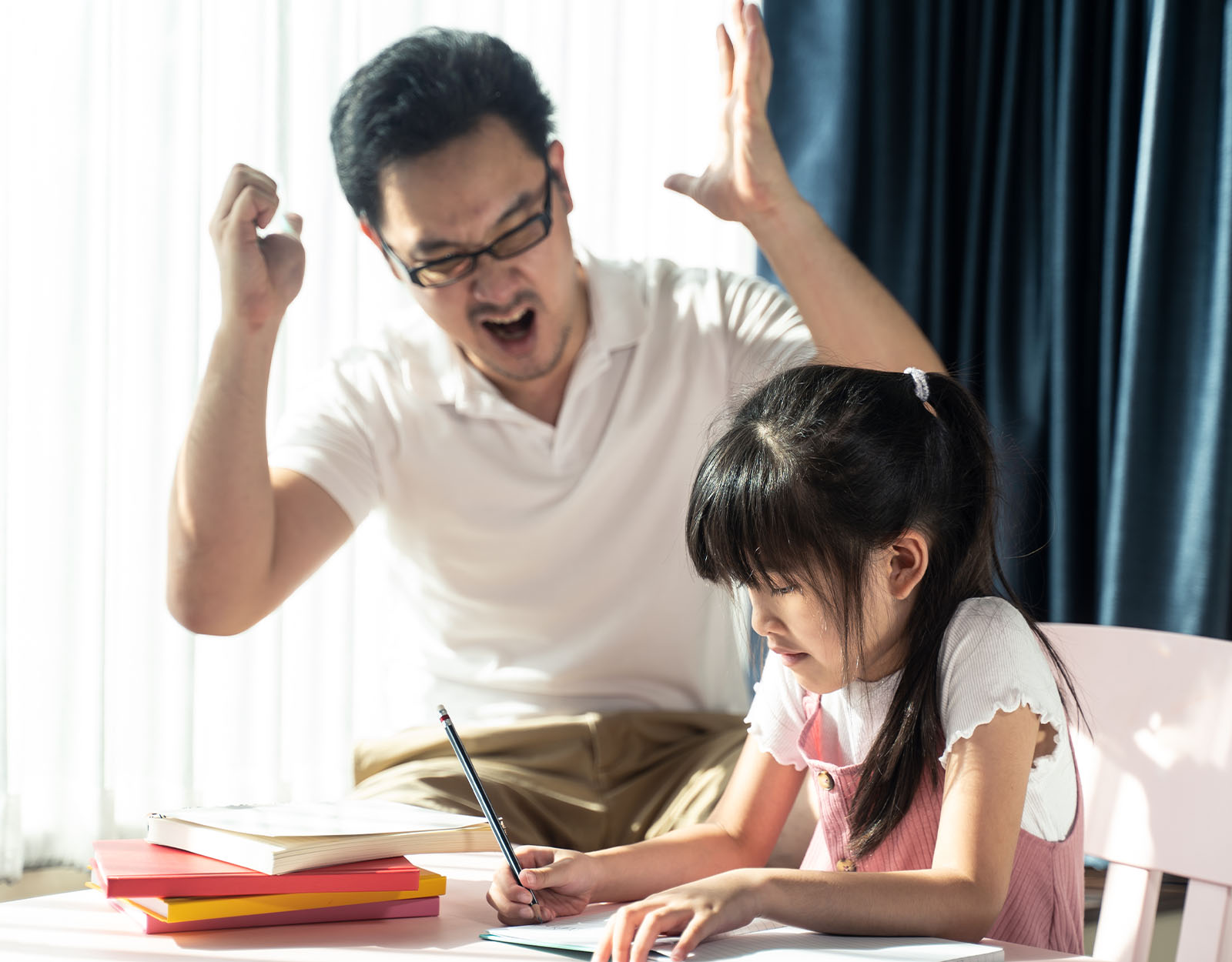Teacher or Parent: Who is Responsible For Discipline Really?
When teaching a child right from wrong, who’s really the one responsible for teaching them how to behave?
Teachers and parents share one thing in common and that’s their duty to raise a productive, pro-social, and active member of society out of a child. But time has proven yet again that not all children respond to certain kinds of discipline the same way, causing frustration in both parents and teachers to build up. When children misbehave, every teacher or parent has their own version and interpretation of discipline.
Unfortunately, not all ways have the theoretical happy ending that they [the teachers or the parents] imagine. Some of these can result in death such as the student in Antipolo, 14-year-old Francis Jay Gumikib, who passed away after his teacher slapped him.

Discipline: how the physical method became so popular in the Philippines
Although there are many studies that support and prove that corporal punishment delivers more undesirable results, there are still many parents and educators who still believe the opposite. Drawing inspiration from the bible verse, “Spare the rod, spoil the child“, this statement has been interpreted in various ways. While the Bible speaks of the rod as “a symbol of guidance”, others may have reinterpreted it as a go signal to use physical force to teach the child.
The use of physical force also demonstrates authority and the reinforcement of a hierarchy in the family. Yet, studies have shown that the frequent use of corporal punishment as a form of discipline among Filipino parents may be mediated by the educational level (Jocson, Alampay, and Lansford, 2012). Meaning, if they knew other proven ways with the same instantaneous results, the use of corporal punishment may be a lot less.
How did teachers end up using it?
Corporal punishment or physical force as a preferred form of discipline coming from a teacher isn’t new. In fact, it was a common practice especially back in the Spanish regime. Because teachers were beholden as “models of exemplary morality and virtue”, the guidelines were especially strict (Concepcion, 2014). The document even covered the “maltreatment of children” and according to Concepcion, the accusation merited a “serious investigation.” Back then, “maltreatment” was defined as anything not included in the provided list of forms of punishment such as “kneeling or standing for an hour”, “accomplishing extra school work after class”, or “doing more reading or writing drills.”
Unfortunately, the record also revealed that the parish priest of that town could also weigh in on what kind of punishment. Most likely, it was how the use of corporal punishment slipped through. National hero late Jose Rizal’s works often cited these incidences where he himself was also a victim, writing how one teacher screamed at him “En pie, bobo!” (meaning “on your feet, stupid!” in Spanish) before hitting his palms with a ruler.
Today, however, younger teachers and parents see corporal punishment as a barbaric and obsolete practice, unbefitting an agent of education (Gershoff, 2010; Khurshid, Batool, and Hussain, 2020). The teacher who slapped Francis is also now facing murder raps with the autopsy revealing that the boy had died of “brain hemorrhaging.” His brain bled and usually, blunt force trauma or having high blood pressure is the only way that happens.

But how can a parent or a teacher discipline them?
This has been an ongoing question, especially for teachers and parents who feel they have “stubborn children” as students and feel that “physical strength” is the only means to discipline. Some traditional or older parents have also complained that the lack of corporal punishment is what led to the “undisciplined” youth of today. They often remark that the kids of today “lack character” especially when they witness children being able to speak their minds.
However, today’s research has adopted a more “parent-centric” approach to teaching discipline. Wherein, parents need to discover what are the things that make them feel that “corporal punishment” is the most appropriate form of discipline. This doesn’t just apply to parents; inclusive of teachers, who are seen as a child’s “second parent” can benefit from these studies.
Some of these methods include the Grey Rock Method and the Time Out Method. The advocating for a calmer yet firmer approach calls for a transition to a more humanistic understanding of behavior.
The responsibility falls on both but being physical is NEVER the answer
In the end, both parent and teacher are responsible for discipline. From a systematic perspective, the interactions between the parents and the teachers highly influence the environment the child grows up in because it creates the rules that indicate appropriate responses. A structured and stable environment works with most kids, especially when teaching them what society accepts as morally and objectively right. However, this system does not accept the volatility caused by physical force or corporal punishment. It, instead, calls for a discoursive approach; adopting the old Greek economic idea of the “marketplace” where ideas, evidence, and feelings are intimately shared and discussed.
References
Concepcion, G. L. Y. (2014). Disciplinary Cases of Filipino Teachers in the Late 19 th Century. Social Science Diliman, 10(1).
Gershoff, E. T. (2010). More harm than good: A summary of scientific research on the intended and unintended effects of corporal punishment on children. Law and Contemporary Problems, 73(2), 31.
Jocson, R. M., Alampay, L. P., & Lansford, J. E. (2012). Predicting Filipino mothers’ and fathers’ reported use of corporal punishment from education, authoritarian attitudes, and endorsement of corporal punishment. International Journal of Behavioral Development, 36(2), 137-145.
Khurshid, K., Batool, U., & Hussain, B. (2020). Perceptions of teachers regarding corporal punishment and its effects on students’ achievement at primary school level. Journal of Elementary Education, 30(1), 27-38.
More about discipline?
Effective Discipline Strategies in Raising Respectful Kids
“Tigas ng Ulo Mo!”: How To Parent Stubborn Kids Without Breaking Them
‘Respect Begets Respect’: The New Way Of Teaching Kids









